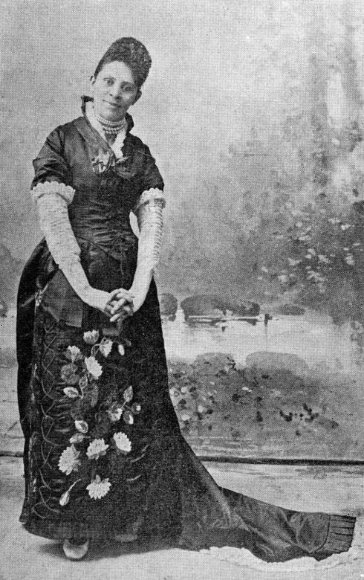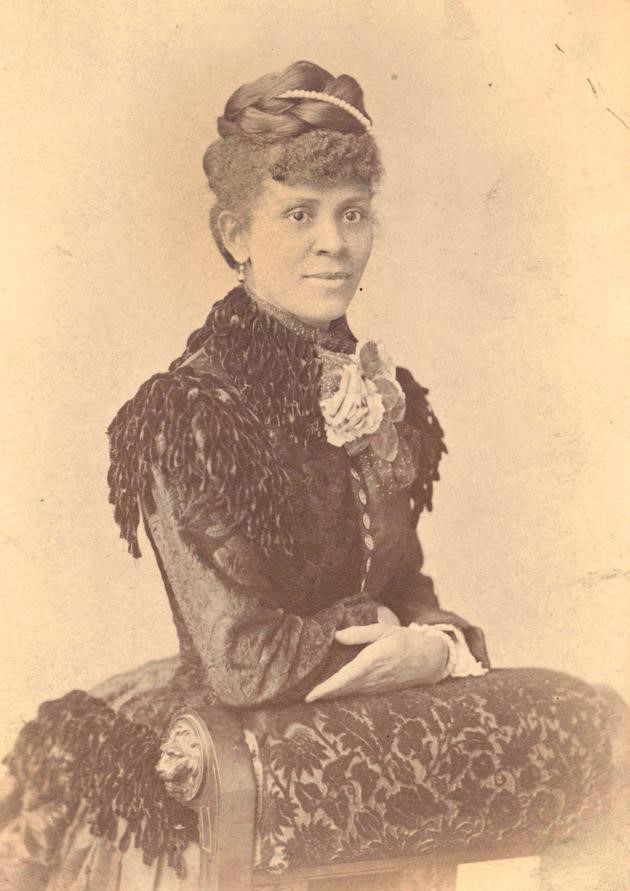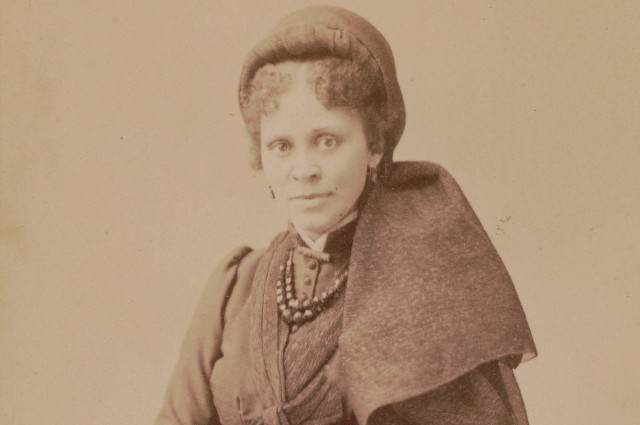Each person of African descent who has a connection to slavery has their own unique story. Hallie Quinn Brown, an educator, was born to parents who were formerly enslaved. Her father, Thomas Arthur Brown, was the offspring of a Scottish woman and a Black overseer on a plantation. Her mother, Frances Jane Scroggins, was freed by one of her grandfathers, a white Revolutionary War officer and plantation owner, as per Hallie’s account.

Brown’s parents placed great importance on education, with her father being renowned for his extensive knowledge and her mother being heavily involved with Wilberforce University, a historically Black institution, as an informal advisor and counselor to students.
Additionally, Brown’s parents were instrumental in the Underground Railroad Network, which had a significant impact on shaping her future advocacy for literacy and liberation among children of enslaved Africans. The time period in which she was born, 1845 in Pittsburgh, Pennsylvania, also played a role in her development. Brown received her tertiary education at Wilberforce University, earning a Bachelor of Science degree in 1873.

Following her graduation, Brown set out to pursue her goal of educating children who were denied an education due to slavery. She first put her vision into practice at the Senora Plantation in Mississippi and expanded the scope of her literacy project to other underprivileged children on various plantations after achieving success with her initial efforts. Brown taught them how to read and write, thereby promoting education and liberation.
For several years, Brown continued her efforts to educate children who were denied access to education due to slavery. Eventually, she landed a job at Columbia City Schools and later at Allen University in Columbia. In 1885, she was appointed as Dean at Allen University and launched a project to educate older African Americans who had never had the opportunity to learn. She established a night school for underprivileged adults in Dayton, Ohio from 1887 to 1891 and also taught in public schools in Dayton for four years, where she combined her teaching with adult classes for migrant workers.

Brown’s commitment to education didn’t stop there. She also worked with the Tuskegee Institutes in Alabama from 1892 to 1893, where she was appointed as the Dean of Women and worked alongside Booker T. Washington. Additionally, she was a principal promoter of the organization of the Colored Women’s League in Washington, D.C. in 1893, and played a key role in the formation of the National Association of Colored Women.
In addition to her educational pursuits, Brown was an activist who campaigned for women’s rights and spoke out against social injustice and racial discrimination. She toured the country and even went abroad, speaking on the civil rights movement, and was even granted an audience with Queen Victoria in London to discuss these issues.
Brown passed away on September 16, 1949, in Wilberforce, Ohio due to coronary thrombosis. Her contributions to African-American society were recognized with two memorials: the Hallie Q. Brown Memorial Library and the Hallie Q. Brown Community Center.